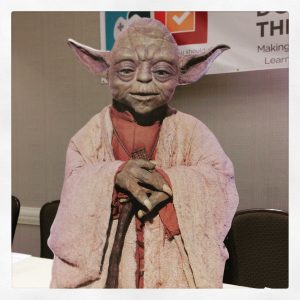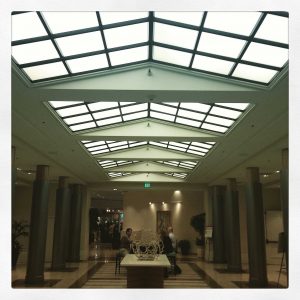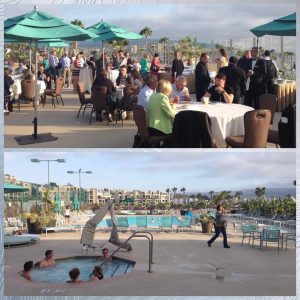It was nice to meet and reconnect with colleagues at the UCLA/CRESST Conference – focusing on making games and technology work for learning, assessment and instruction (a topic very close to my heart).
Themes included constructionist vs. instructionist learning – “making games” vs. “playing games” to learn (Dr. Yasmin Kafai), an approach that I was fortunate enough to explore in detail through a project I consulted for at USC’s Information Sciences Institute: PedGames (run by Erin Shaw and Jihie Kim). A little more on PedGames in my Gamasutra blog.
We also talked about having active, aware learners – rather than creating games that hide the learning process in a “stealthy” or covert way (which could put a negative slant on learning rather than empowering the learner to take ownership of the process). This is in contrast to a lot of theories that have been around for a few decades – possibly part of the backlash that occurred in response to the subpar “edutainment” games that were much more about overt learning than having fun. We’ve learned a lot since then!
Finally, there was some discussion on teaching as a form of learning – where students take charge of finding out what they don’t know, and share their new knowledge (or assumptions) with others. We’ve seen a dramatic rise in YouTube tutorials created by “non-professionals” – contributing to what I’ve referred to as “the age of the amateur” (in the most positive, original sense of the word: “a person who does something for the love of it”). This in conjunction with of a method of teaching shared by Salman Khan and others, including Pete Markiewicz (where educators who don’t have “all the answers” go find them through research and then share them with their students), a form of collaborative (dare I say “crowdsourced”) form of education is taking hold.



